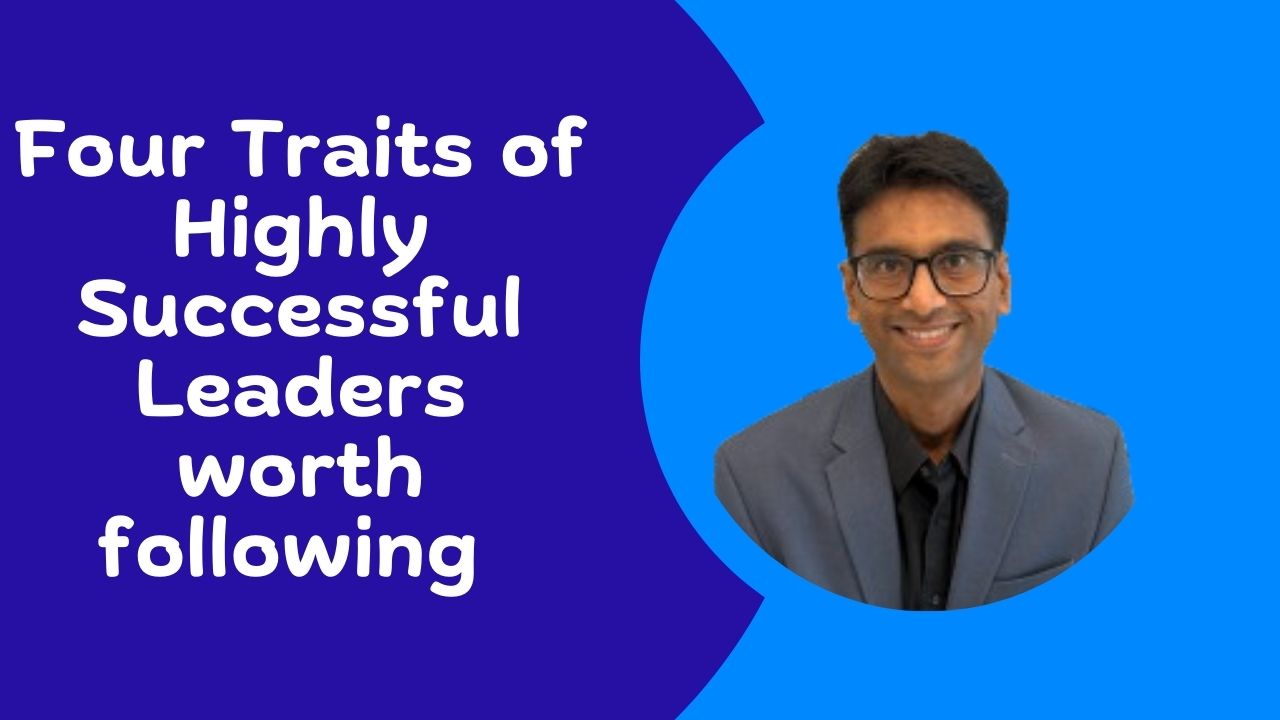
Premise:
I was talking to a friend, who is also the President of a mid-sized business earlier today and we were discussing his role as a leader of the organisation. He was recently promoted to this new role and was sharing some of his challenges with me.
One of the things that he shared was the speed at which everything is changing and how difficult it has become for him to not only keep track of all of these changes but also to respond to them intelligently and in a way that drives the business outcome that he is trying to drive.
The gist of the conversation was that he was missing a leadership framework that would allow him to make sense of what’s happening but at the same time provide some structure for his response.
I shared with the Leadership framework that I am building that combines all the three key things that leaders struggle with, i.e, leading themselves, leading their people and leading their businesses.
You can find more information about the framework and its components in this short video.
Basically, the framework consists of 7 key components that cover all the three aspects of leading – self, people and the business.
Let’s have a look at each of these components:
Mindset: A leader needs to have the ability to think and choose from a multitude of mindsets that he/she can bring to any given situation, as seems fit.
Skillset: A leader needs to develop and continuously work on improving key skills that are necessary for any leader (conflict management, visioning, communication, decision making, delegation, etc).
Self Awareness: A leader needs to be aware of their own states and biases. They also need to be aware of their strengths and areas of improvements. They also need to be crystal clear in terms of what they want to achieve, both as a leader and for the organisation.
Social Awareness: A leader needs to be aware of the states and biases of the people they lead and interact with regularly. They need to know their desires and ambitions, strengths and weaknesses. They need to be able to not only hear what is being said, why, what it means and also what was left unsaid, why and what that means.
Sense making: Once you have all of these, you take in the information or all the data that comes to them as they run their business, they need to have a way to make sense of all of that, while taking into consideration what they, their teams and the business wants to achieve and decide the best course of action going forward.
Communicate & Act: Leaders do one of two things all the time after they have made their decision. They either communicate their decision, rationale or take action by coaching, mentoring or some other form of action to enable their teams to deliver what needs done.
In conclusion
In conclusion, the framework, when we go a couple of levels deeper has the ability to provide a holistic guidepost for leaders to navigate their day-to-day without getting overwhelmed and give some order to the chaos that they are facing.
When I shared this with my friend, he said that he wanted to know more and said that he will try to use this framework and test if it supports him in claiming some sanity and give him much needed support system to enable him to be more effective at his work.
I will get to know about it soon enough. However, what do you think? Will this help you?


